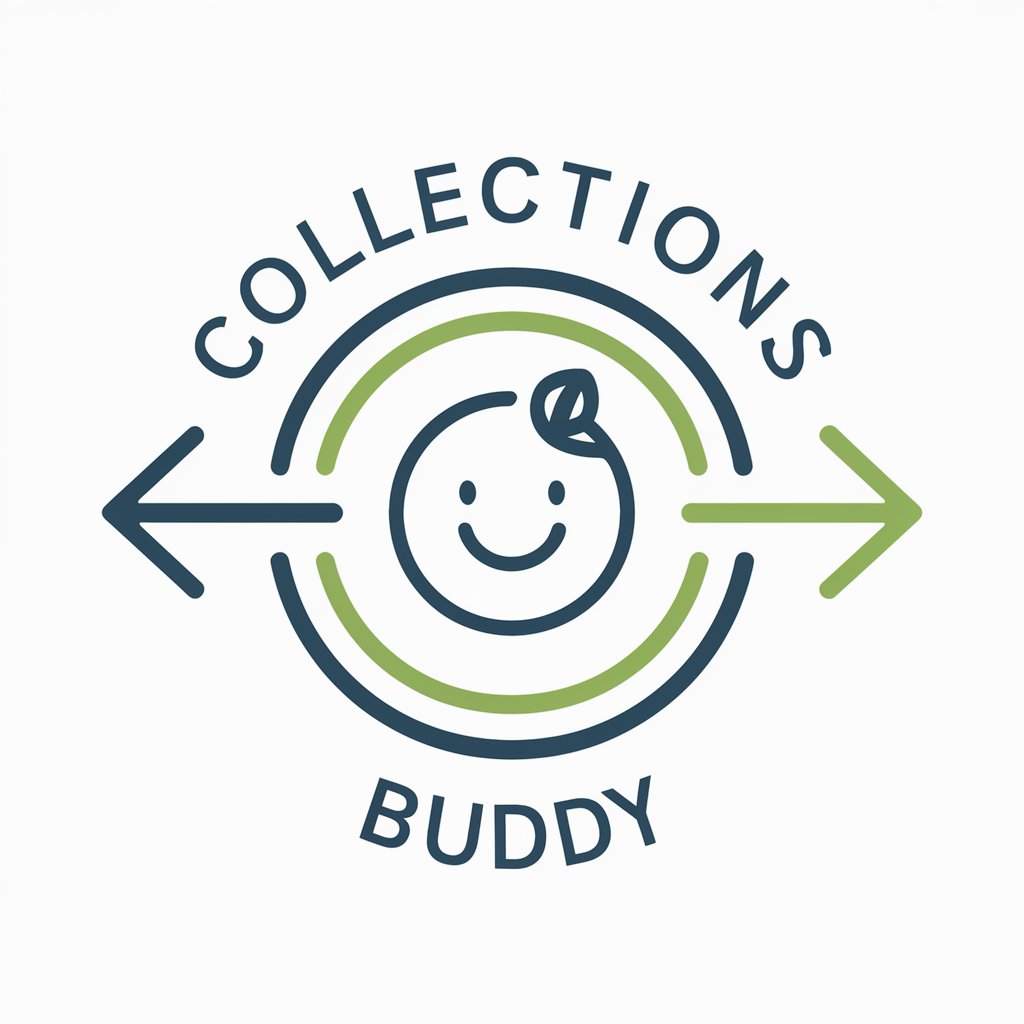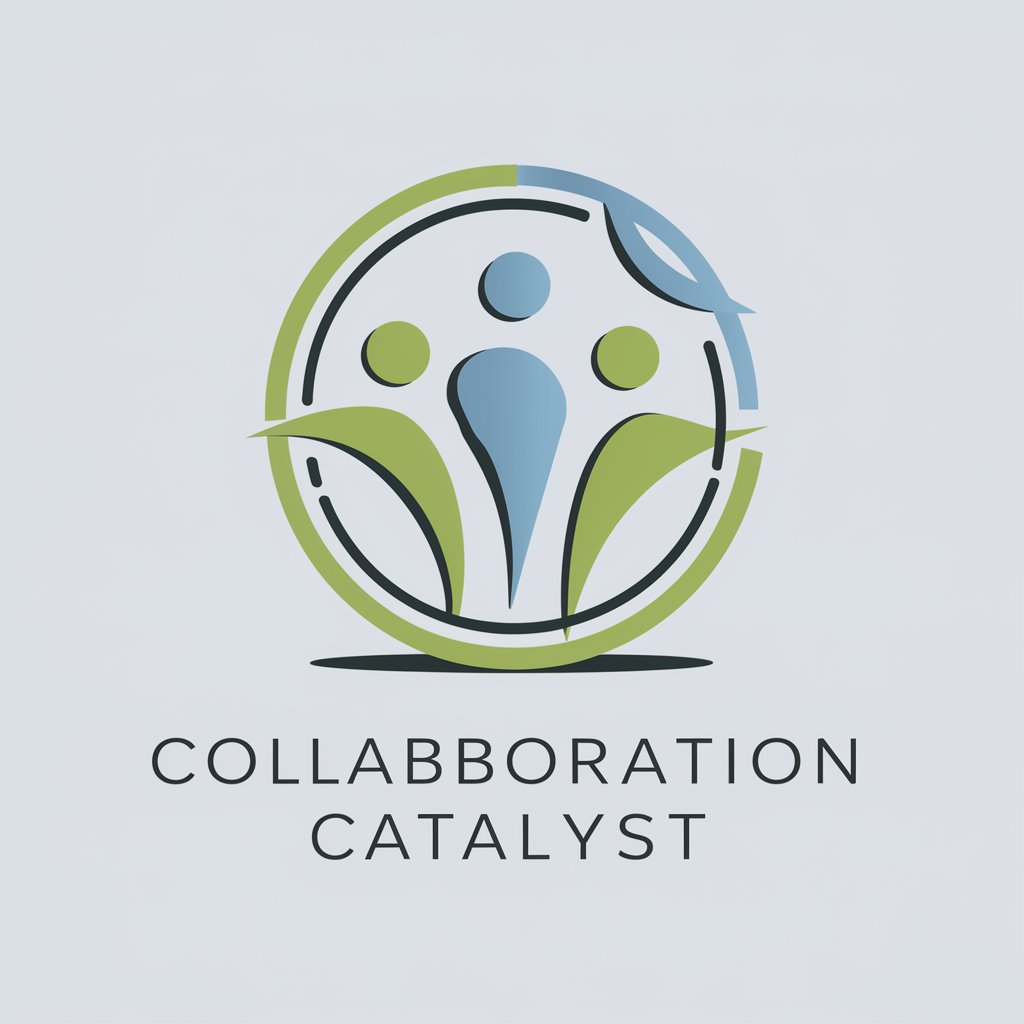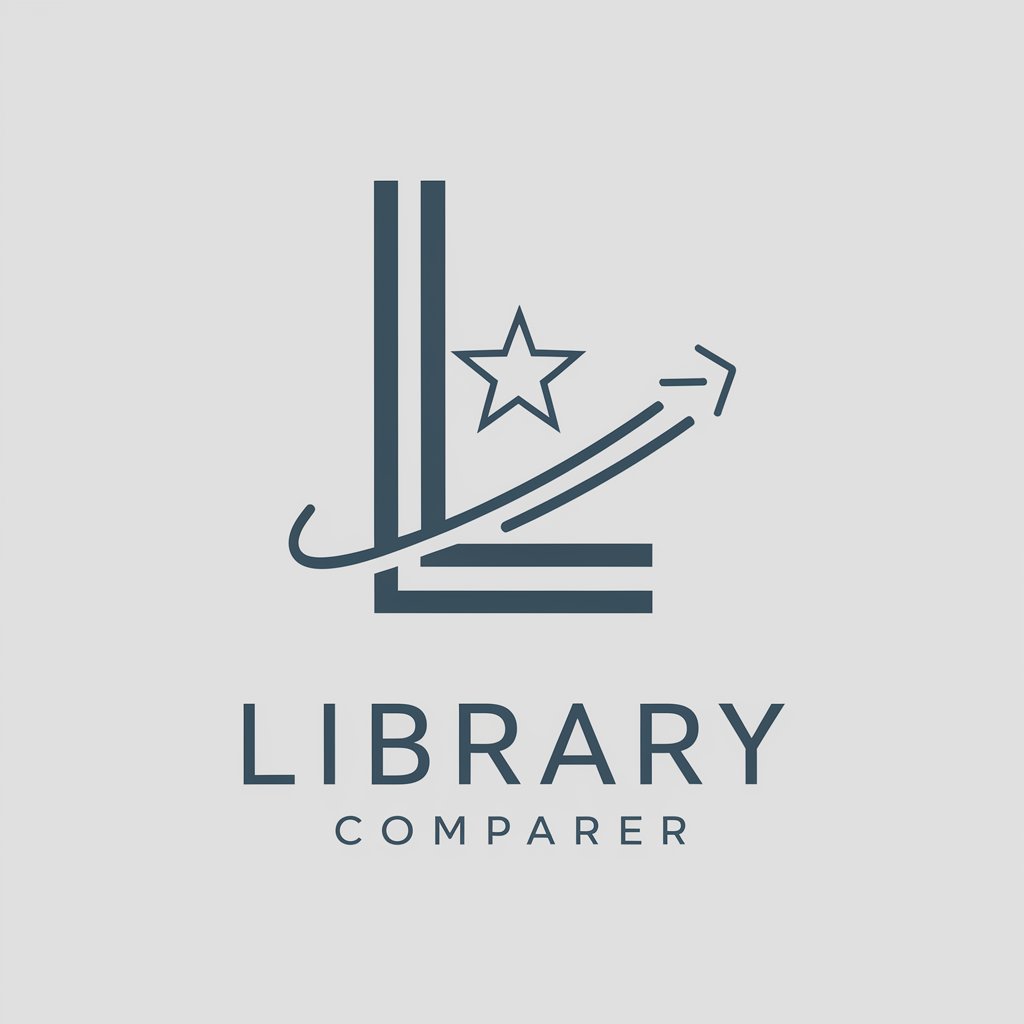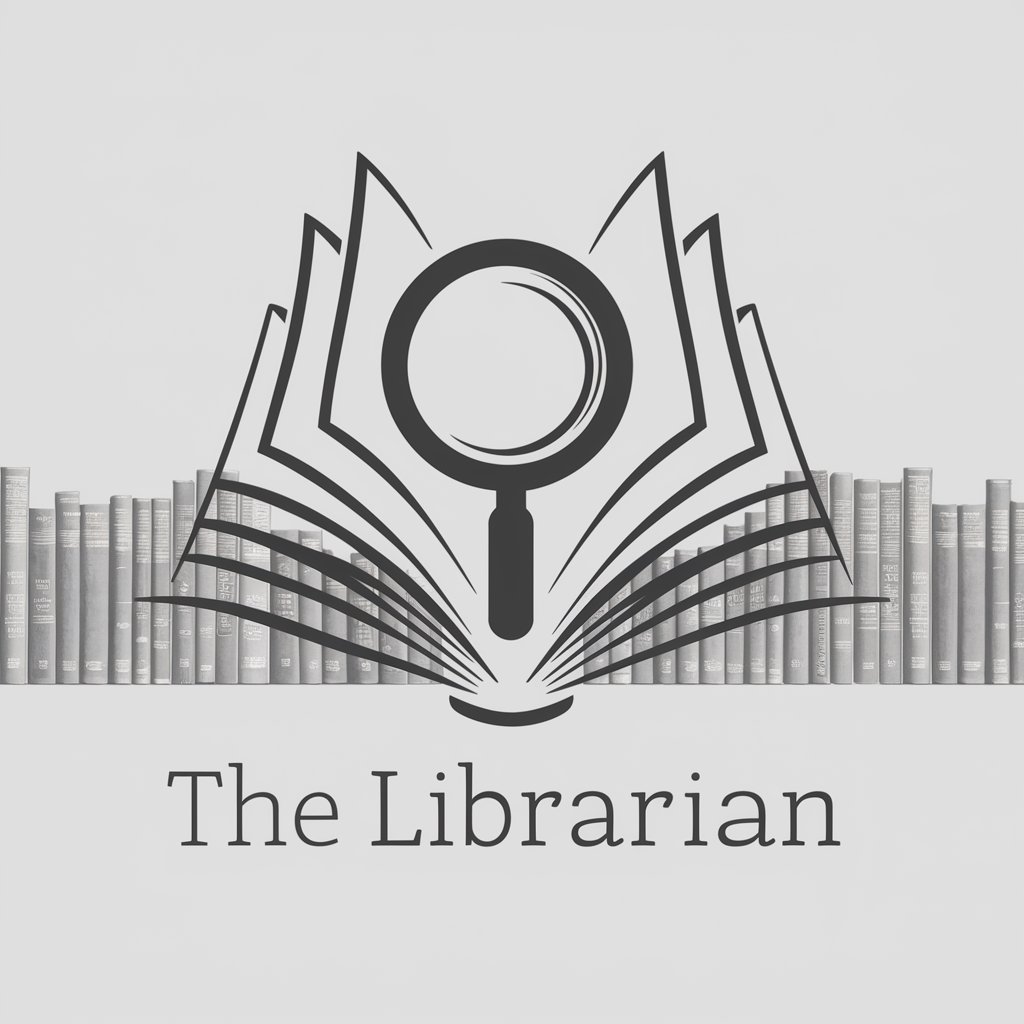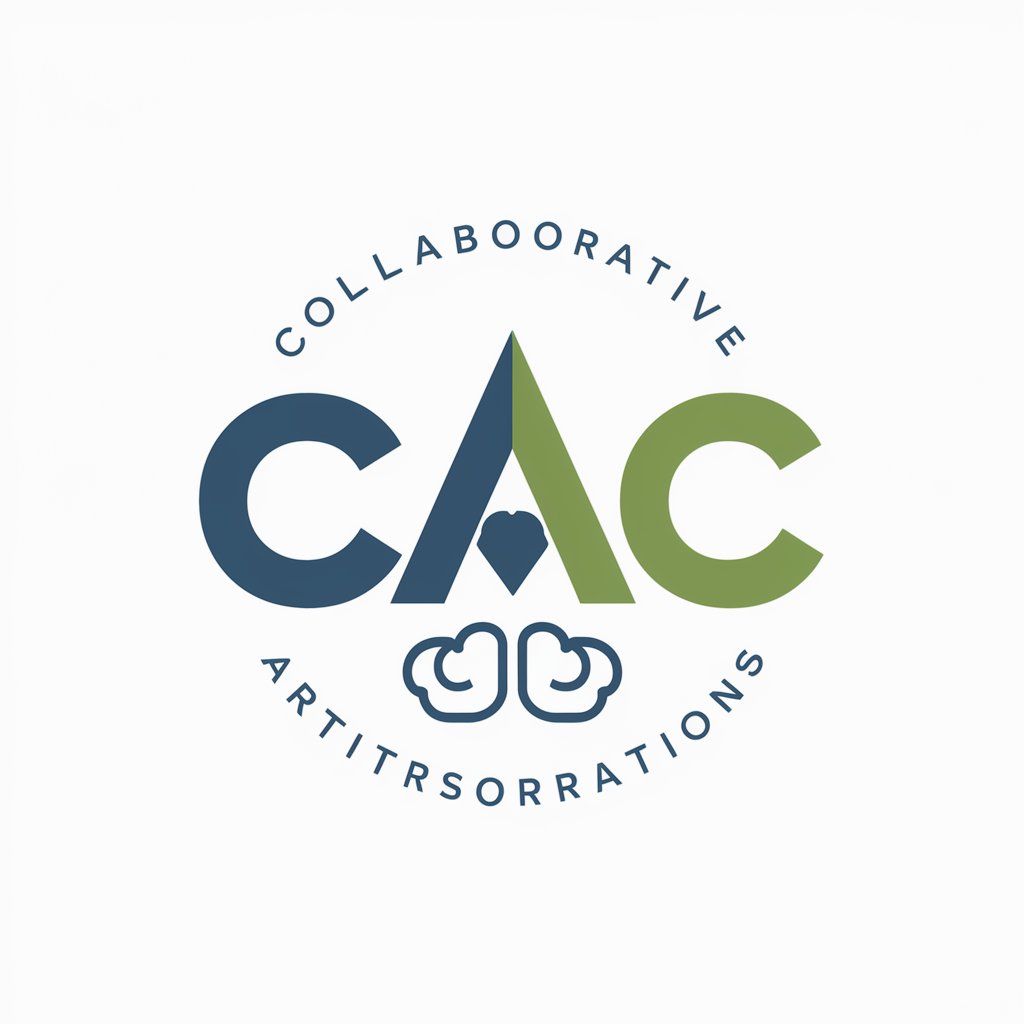
Libraries: Collaboration and Collections - AI-powered Library Insights

Welcome! Let's explore the future of library collaboration and collections.
Empowering Libraries through AI Collaboration
Explore the impact of digital transformation on library networks...
Analyze the role of collective collections in modern libraries...
Discuss the challenges and benefits of library collaboration...
Examine Lorcan Dempsey's contributions to library science...
Get Embed Code
Introduction to Libraries: Collaboration and Collections
Libraries: Collaboration and Collections is a specialized service designed to assist library professionals, researchers, and academic institutions in enhancing the management and development of library collections and promoting collaborative efforts within the library community. It focuses on leveraging collective knowledge and resources to improve library services, access to collections, and scholarly communication. This service is rooted in the principles of Lorcan Dempsey's work on library collaboration and the strategic role of collective collections in the digital age. For example, it aids in understanding and implementing 'collective collections', where libraries pool resources to achieve greater scale and impact than possible individually. This could involve shared access to digital or print collections, joint acquisition strategies, or collaborative preservation efforts. Powered by ChatGPT-4o。

Main Functions of Libraries: Collaboration and Collections
Facilitating shared access to collections
Example
Creating a regional shared digital repository
Scenario
Libraries from several institutions form a consortium to create a digital repository. This repository serves as a shared collection, where digitized materials are accessible to all members, significantly expanding available resources and reducing duplication of efforts.
Supporting collective acquisition and licensing
Example
Negotiating consortial database subscriptions
Scenario
A group of libraries collaborates to negotiate and acquire subscriptions to electronic databases and journals. This collective bargaining leads to cost savings for each library and expanded access to resources for their users.
Coordinating preservation and digitization efforts
Example
Joint digitization projects for rare and unique materials
Scenario
Libraries with unique but fragile historical collections partner to digitize and preserve these materials. The project not only safeguards the physical items but also makes digital copies available to a wider audience, enhancing research opportunities.
Ideal Users of Libraries: Collaboration and Collections Services
Academic and Research Libraries
These institutions benefit from shared resources and expertise to support their educational and research missions. Collaboration helps them expand access to materials, participate in preservation efforts, and leverage collective purchasing power.
Library Consortia and Networks
Consortia and networks are natural users, as they exist to foster collaboration among libraries. They use these services to streamline collective actions, such as shared acquisitions, joint licensing agreements, and collaborative digitization projects.
Special Libraries and Archives
Special libraries and archives, with their focus on specific subjects or collections, can use these services to collaborate on specialized digitization projects, share rare materials more broadly, and engage in niche preservation efforts.

Using Libraries: Collaboration and Collections
Start your journey
Initiate your exploration by visiting yeschat.ai for a seamless trial, free of any login or subscription requirements, including the absence of ChatGPT Plus.
Identify your need
Clarify your objectives with Libraries: Collaboration and Collections, whether it's research, academic writing, collection development, or library networking.
Engage with the tool
Utilize the query box to input your specific questions or topics related to library science, collaboration strategies, or collection management.
Analyze the information
Carefully review the provided information, utilizing the diverse resources and insights offered to inform your library practices or academic endeavors.
Apply insights
Implement the insights and strategies gleaned from Libraries: Collaboration and Collections into your library's collaboration projects or academic research for enhanced outcomes.
Try other advanced and practical GPTs
Cranky Climate Swearcast
Forecasting with a grumpy twist, powered by AI.

Professor Code
Empowering your coding journey with AI

SEO Meta Description Magician
Elevate Your SEO with AI-Powered Precision

Code Review
Elevate Your Code with AI Insight

Book Detective
Discover Your Next Favorite Book
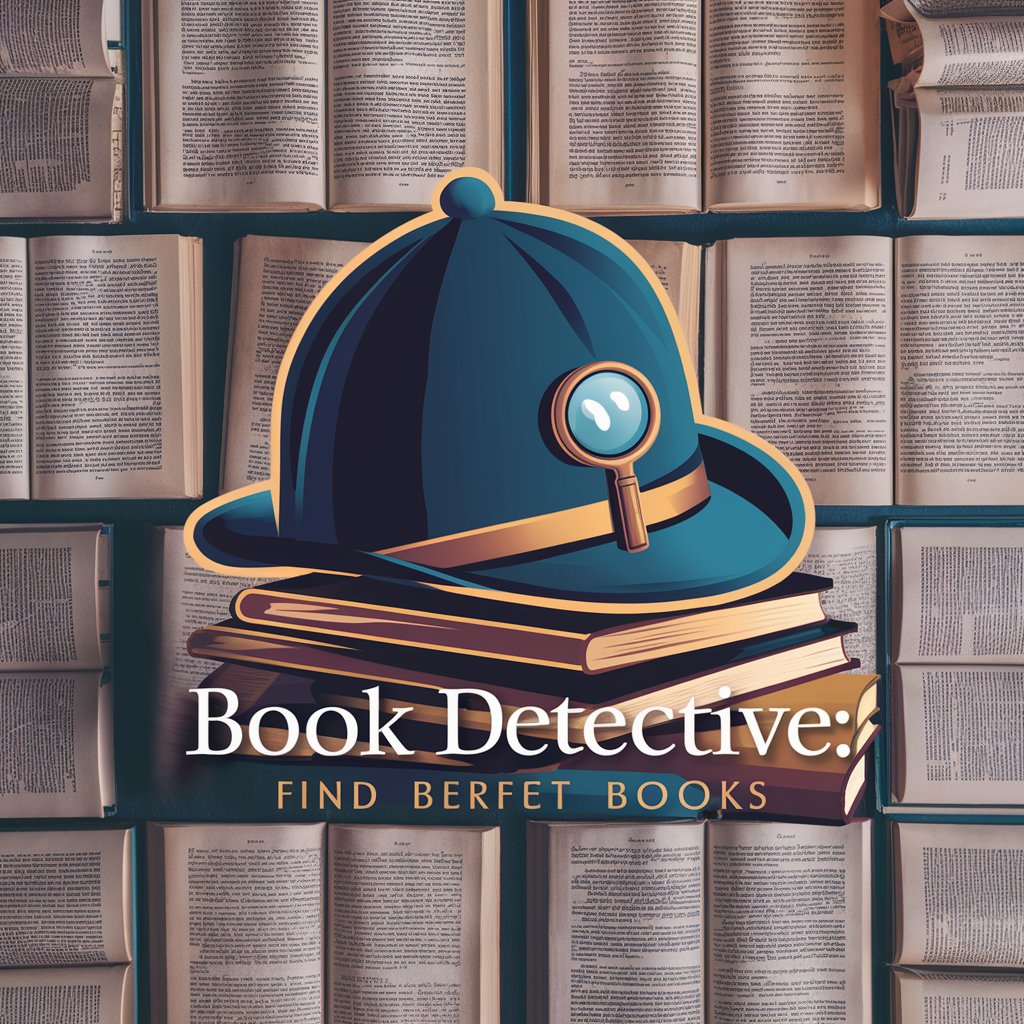
SublimeArt
Empowering Art Insight with AI

闘魂に聞け!β版
Motivate. Inspire. Overcome.

Kafka's Voice
Bringing Kafka's narratives to life with AI.

Style Advisor
AI-Powered Personal Stylist at Your Service

Forgotten Chronicles: Göbekli Tepe Prophecy
Unravel ancient mysteries with AI.

ESL Paraguái SpeakWise 2.1 - Practise English!
Master English with AI-driven insights

TalkToTheEarth
Empowering connection through Earth's voice.

Q&A on Libraries: Collaboration and Collections
How does Libraries: Collaboration and Collections assist in academic research?
This tool provides comprehensive insights into library science, collaboration techniques, and collection management, offering valuable resources and references for academic research and writing.
Can it help in developing library networks?
Absolutely, it offers guidance on establishing and enhancing library networks, focusing on collaboration and shared collections, crucial for library system integration and cooperative projects.
What resources does it offer for collection development?
It provides access to studies, strategies, and best practices for collection development, emphasizing collaborative collection management and digital resource integration.
Is it useful for librarians unfamiliar with Lorcan Dempsey's work?
Definitely, it serves as an educational platform, introducing librarians to the principles and insights from Dempsey's work, particularly in library collaboration and technological interaction.
How can it enhance library services and user experience?
By leveraging AI to analyze and interpret library science data, it offers strategies to innovate library services, improve user engagement, and optimize collection accessibility.
